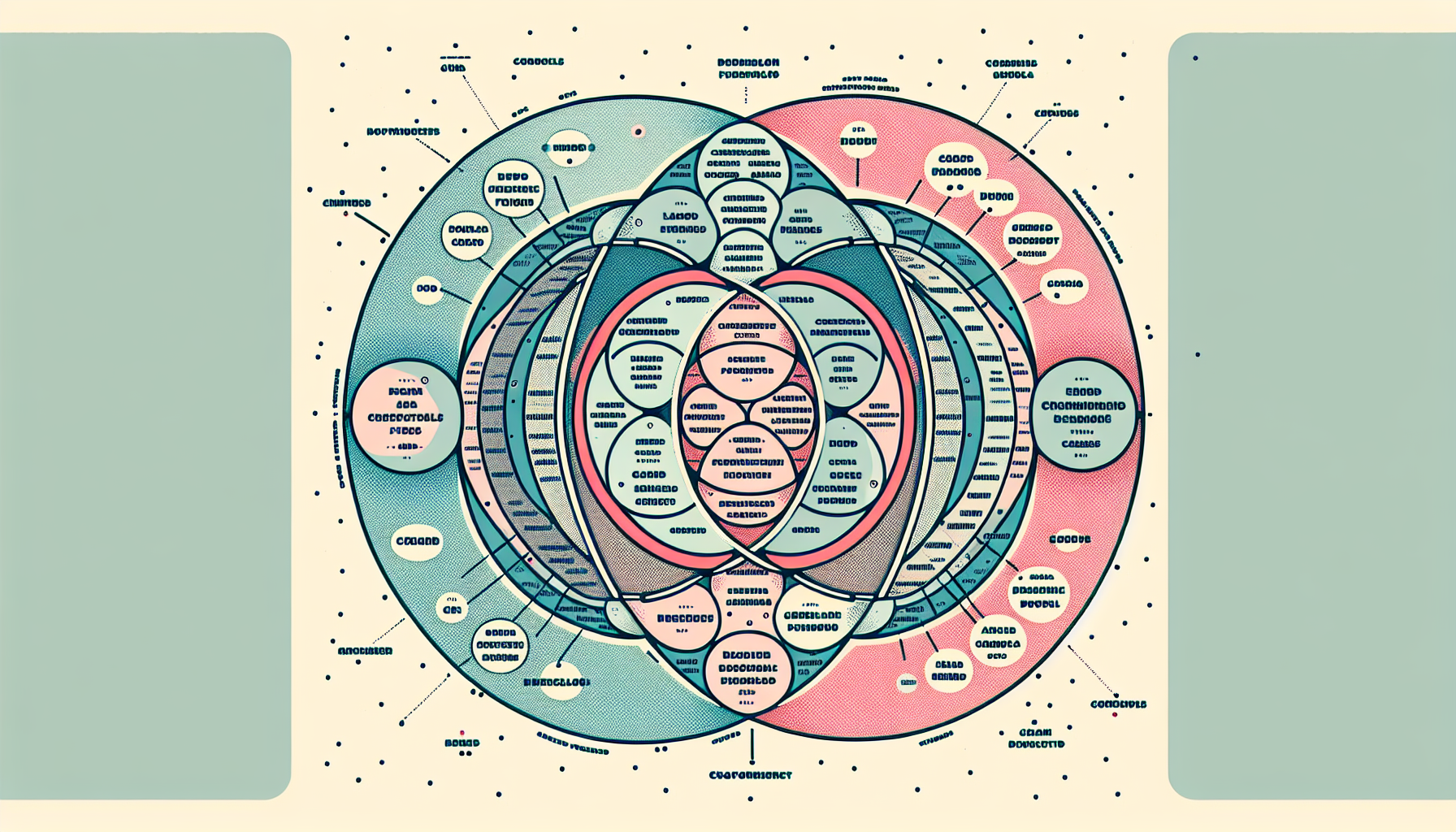Hidden Disparities in the Average Salary Across U.S. States

The average salary varies widely across the United States, with states like California and New York consistently ranking at the top due to their robust economies and high demand for skilled labor. As of 2023, the average salary in California hovers around $75,000, while in Mississippi, it is significantly lower at approximately $45,000. These differences are not solely attributable to the industries that dominate each state but also reflect broader economic conditions, labor market dynamics, and living costs. For example, the technology and entertainment sectors in California create a high demand for skilled workers, driving up salaries, while states like Mississippi often rely on sectors with lower wage growth potential.
Cost of Living as a Key Factor
One of the most critical factors influencing salary disparities is the cost of living in different states. States with higher living costs, such as Hawaii and Massachusetts, often offer higher salaries to compensate for the increased expenses associated with housing, transportation, and food. Conversely, states with lower living costs, like Arkansas and West Virginia, may have lower average salaries, but the purchasing power of those salaries can be relatively comparable. For example, while the average salary in Hawaii is around $83,000, the cost of living index is significantly higher than that of West Virginia, where the average salary is $48,000 but the cost of living is much lower. This means that, although salaries are higher in Hawaii, the money does not stretch as far as it does in states with lower costs, indicating that salary alone is not a complete measure of economic well-being.
Industry Presence and Economic Health
The presence of certain industries can also dramatically affect average salaries. States with a strong tech industry, such as Washington and California, tend to offer higher wages due to the demand for specialized skills in software development, data analysis, and engineering. For instance, the average salary for tech workers in Silicon Valley can exceed $120,000, a stark contrast to salaries in states with more agricultural or manufacturing bases, such as Nebraska, where the average salary might be around $50,000. Additionally, North Dakota, known for its energy sector, has seen fluctuations in average salaries based on the boom-and-bust cycles of oil prices, further emphasizing how industry dynamics can lead to significant disparities.
Regional Economic Disparities
Economic health plays a vital role in determining salary levels. States with diversified economies and low unemployment rates often enjoy higher average wages. For example, Massachusetts, with its strong educational and healthcare sectors, boasts a low unemployment rate and high average salaries, averaging around $80,000. In contrast, states facing economic challenges, such as Michigan, which has struggled with the decline of the automotive industry, may experience stagnation in salary growth. The interplay of economic policies, local government initiatives, and workforce development programs also significantly impacts regional economic health. States that invest in education and infrastructure tend to see better economic outcomes, thus benefiting workers in those regions.
Implications for Job Seekers and Policy Makers
Understanding these disparities is crucial for job seekers as they navigate their career paths. Prospective employees must consider not only the salary offered but also the cost of living and economic opportunities in a given state. For instance, a job offer in a high-salary state may not necessarily translate to better financial health if the cost of living is prohibitively high. Additionally, policymakers can use this knowledge to craft targeted economic development strategies that address wage disparities and promote equitable growth across regions. Initiatives that encourage investment in struggling industries, improve education and training programs, and enhance infrastructure can help bridge the wage gaps that exist across states.
The hidden disparities in average salaries across U.S. states reveal a complex web of economic factors that influence the financial well-being of workers. By taking into account the cost of living, industry presence, and regional economic health, we can gain a clearer picture of the true value of salaries in different states. This understanding is essential for job seekers looking to maximize their earning potential and for policymakers aiming to create fair economic opportunities for all. As we continue to analyze these disparities, it becomes increasingly clear that the journey toward equitable compensation is far from over, and addressing these issues will require concerted effort and innovative solutions. By shedding light on these disparities, we can pave the way for a more equitable economic landscape across the nation, ensuring that all workers have the opportunity to thrive.
Data Analyst
Google, Amazon, Deloitte
Job Responsibilities
Analyze and interpret complex data sets to inform business decisions and strategies.
Develop reports and dashboards using tools such as Tableau or Power BI to visualize data insights.
Collaborate with cross-functional teams to identify areas for improvement and optimize processes.
Unique Skills
Proficiency in SQL
Experience with statistical analysis software (e.g., R or Python)
Cost Accountant
Manufacturing companies, retail corporations, construction firms
Job Responsibilities
Prepare and analyze cost reports to assess the financial performance of products or services.
Collaborate with production teams to track expenses and identify cost-saving opportunities.
Ensure compliance with financial regulations and company policies while maintaining accurate financial records.
Unique Skills
Strong understanding of cost accounting principles
Experience with ERP systems
Healthcare Economist
Government health agencies, health insurance companies, research institutions
Job Responsibilities
Conduct economic analyses related to healthcare policies, costs, and outcomes to support decision-making.
Collaborate with healthcare providers and policymakers to evaluate the economic impact of health interventions.
Develop models to forecast healthcare trends and identify areas for improvement in service delivery.
Unique Skills
Expertise in econometric modeling
Knowledge of healthcare systems and policies
Human Resources Business Partner
Large corporations across various industries
Job Responsibilities
Partner with business leaders to develop and implement HR strategies aligned with organizational goals.
Provide guidance on talent management, employee engagement, and workforce planning.
Analyze HR metrics and trends to inform decision-making and improve employee satisfaction.
Unique Skills
Strong interpersonal skills
Experience with HR analytics tools
Urban Planner
Municipal governments, urban planning consulting firms, nonprofit organizations
Job Responsibilities
Develop land use plans and programs that help create communities, accommodate population growth, and revitalize physical facilities.
Analyze economic, social, and environmental factors to inform planning decisions and policy recommendations.
Collaborate with government agencies, developers, and community stakeholders to ensure compliance with zoning laws and regulations.
Unique Skills
Proficiency in GIS software
Understanding of zoning regulations and environmental impact assessments


